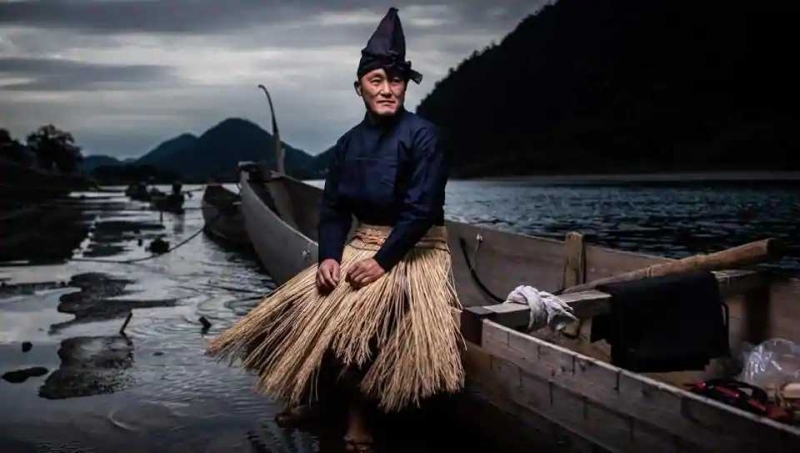Fishing with Cormorants
n the pitch black night, fires burn alongside a river in Japan’s Gifu as a handful of men prepare for a ritual that dates back over 1,300 years: fishing with cormorants.
Dressed in traditional clothes, they look like they come from another time. They wield their cormorants, tied together with strings, like puppeteers. Their profession, known as “ukai,” was once common in waterside villages and towns throughout Japan and other parts of the world.
But it has been on the gradual decline for centuries, and now lives on in Japan as a tourist attraction and a carefully protected part of the country’s national heritage. At 46, Shuji Sugiyama is the youngest of the “usho” in Gifu, in western Japan. And he is one of just nine people to hold an imperial license for the practice. He sits quietly on a rock by the inky water of the Nagara River, apparently undisturbed by the chatter of his fellow fishermen.
“It’s because we live together, the man and the cormorants, that ukai fishing is possible,” he said. “For example, I could never fish with another master’s cormorants,” he added, feeling the throats of his birds as he prepares for the night’s expedition. Centuries ago, the profession flourished, but by the time the palace began issuing imperial licenses to usho in 1890, the art was already on the decline.
Now there are only a few dozens usho throughout Japan, and just nine of them hold imperial licenses, turning over eight catches a year to the palace and receiving a symbolic salary of 8,000 yen ($71) a month.
Related Posts

